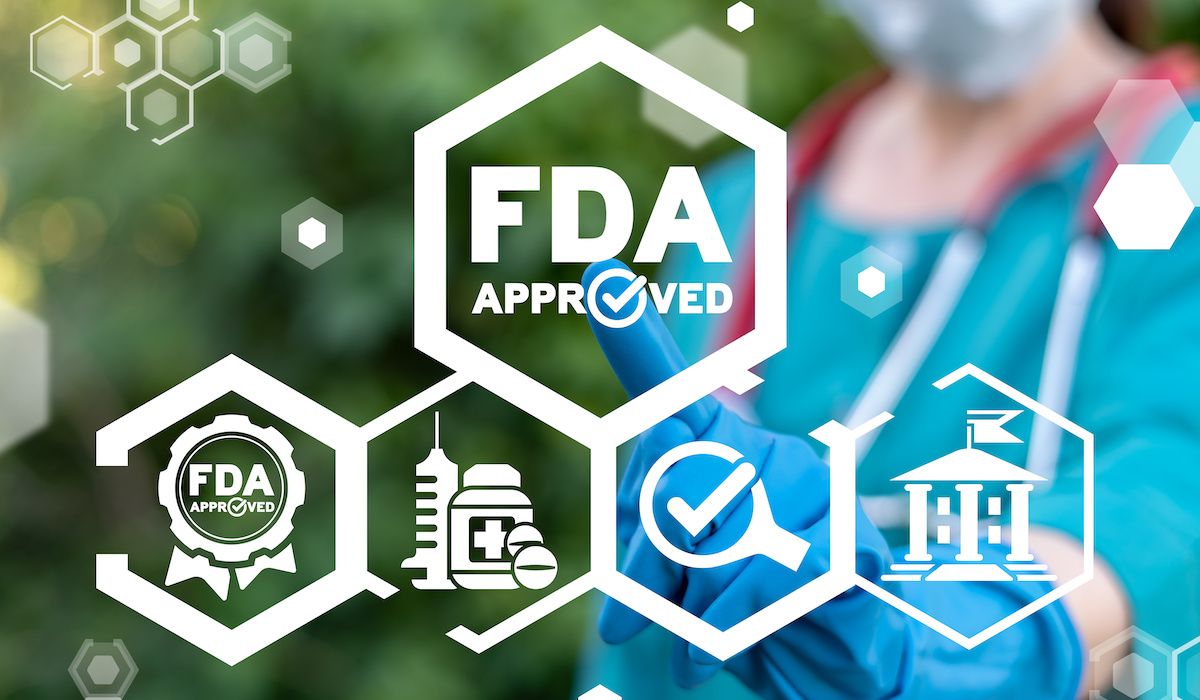Article
Idiopathic Hypersomnia Treatment Requires an Individualized Approach, Review Says
Author(s):
Idiopathic hypersomnia treatment should be determined based on factors like symptom profile, age, comorbidities, and additional medications, says review.
Although new pharmacologic treatments have significantly changed the therapeutic landscape for idiopathic hypersomnia, recommendations for treatment should take into account a patient’s symptom profile, age, comorbidities (depressive symptoms, cardiovascular problems), and accompanying medications, like contraceptives, according to a review from Sleep Medicine Reviews.
Treatments to manage idiopathic hypersomnia have mostly been acquired from expert consensus because of a lack of disease-specific evaluations and dependence on case series and randomized controlled studies.
This review aimed to evaluate treatment options in relation to the authors’ professional experience, present guidelines, and most up-to-date research.
Idiopathic hypersomnia is a central hypersomnolence condition with an unknown cause. It is characterized by excessive daytime sleepiness regardless of how long the patient slept the night before, and frequent severe sleep inertia.
Current guidelines recommend off-label medications to treat the disorder. Modafinil is the most commonly used treatment and improved sleepiness in 2 recent randomized placebo-controlled trials. It was approved for treatment of the disorder until 2011 in Europe. In the United States, low sodium oxybate (LXB) was approved in 2021 for treatment of idiopathic hypersomnia.
In terms of pharmacologic management, success has been found with oxybates, like low sodium oxybates. In total, 17% (n = 26 out of 154) of participants discontinued an LXB study because of treatment-emergent adverse events including nausea (22%), headache (18%), dizziness (12%), anxiety (11%), and vomiting (11%). This study was the first registered trial to support the Food and Drug Administration’s approval for the treatment of adults with idiopathic hypersomnia.
Sodium oxybate (SXB) is a central nervous system depressant with US approval for the treatment of cataplexy or EDS in patients at or over 7 years of age with narcolepsy and in Europe for the treatment of narcolepsy with cataplexy in adults, those at or over 7 years old, and adolescents.
A retrospective, real-world, observational study in adults with idiopathic hypersomnia (n = 39), narcolepsy type 1 (n = 26), or narcolepsy type 2 (n = 27) saw significant improvements from baseline to follow up 6 to 24 months after SXB treatment in areas of fatigue, severity, and more.
Methylphanidate is suggested as a second-line treatment or conditionally in idiopathic hypersomnia guidelines.
The use of clarithromycin was analyzed in idiopathic hypersomnia in 1 small randomized controlled trial and 1 observational study. The outcome of the psychomotor vigilance test was the primary outcome measure and was not significantly different between clarithromycin and placebo.
In a study of 7 people with hypersomnolence, intravenous flumazenil treatment normalized psychomotor vigilance and subjective alertness, but the intervention was preliminary, single blinded, and with a fixed-order sequence.
A study of 65 patients who had idiopathic hypersomnia resistant to other wake-promoting treatments found that use of pitolisant as a single therapy or add-on treatment was associated with a slight decrease in Epworth sleepiness scale scores, but therapy was discontinues in 63% because of lack of efficacy, adverse events, or both.
Lastly, melatonin and antidepressants have mixed evidence and are not recommended in guidelines but have been used to reduce awakening sleep inertia (melatonin) and to treat idiopathic hypersomnia (alerting antidepressants).
Study authors noted that patient education to grow awareness of symptoms and their management is vital. Other nonpharmacologic management techniques like maintaining a regular sleep schedule, and overall self-care can be promoted, despite no scientific evidence of benefit.
Additionally, the authors say that having multiple effective therapies to choose from will better assist therapeutic individualization.
“Continued research on idiopathic hypersomnia is needed to support treatment algorithms,” said the authors.
The authors note that patients with idiopathic hypersomnia are usually women (range, 66% to 75%), portion of which are at child-bearing potential. The use of modafinil reduces the effectiveness of oral contraceptives, vaginal rings, and transdermal forms of estrogens and progestin. Other options may be preferred by women taking those treatments.
Additionally, caution needs to be used when treating patients with idiopathic hypersomnia and depressive symptoms, obesity, a history of cardiovascular disease, heart failure, hypertension, renal impairment, or other conditions that are sensitive to sodium, depending on the treatment selected.
In conclusion, study authors said that more progress is needed, especially in uniformity in defining treatment success in idiopathic hypersomnia, and the creation of a validated assessment tool specific to idiopathic hypersomnia (ie, the IHSS) assist future clinical research and might be useful to keep an eye on patient progress in clinical practice.
Reference
Arnulf I, Thomas R, Roy A, Dauvilliers Y. Update on the treatment of idiopathic hypersomnia: progress, challenges, and expert opinion. Sleep Med Rev. Published online March 13, 2023. doi: 10.1016/j.smrv.2023.101766





